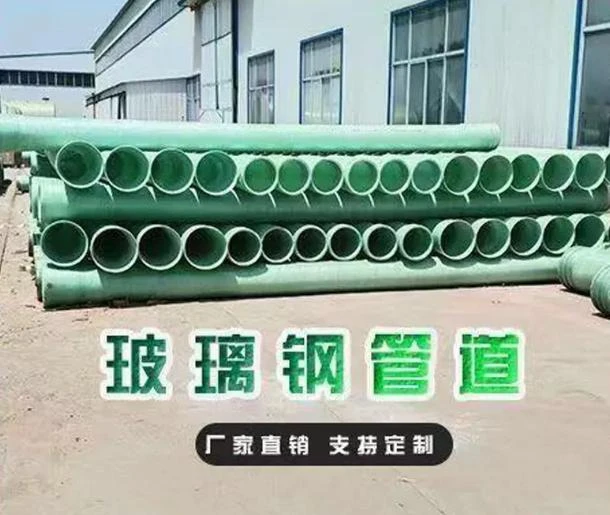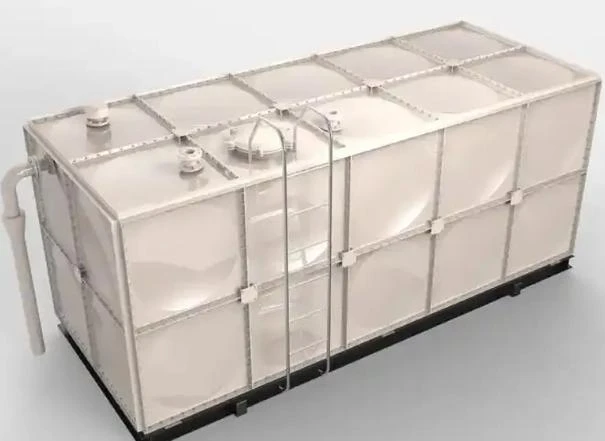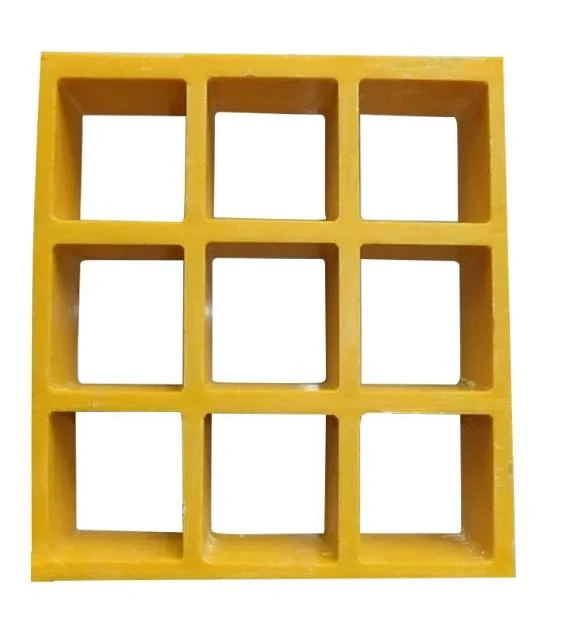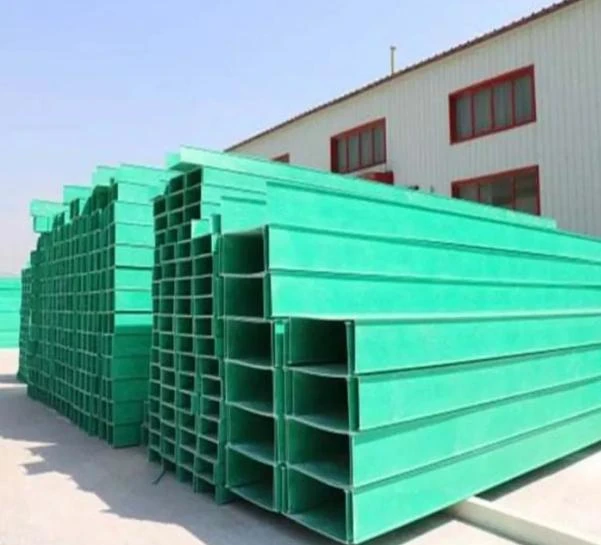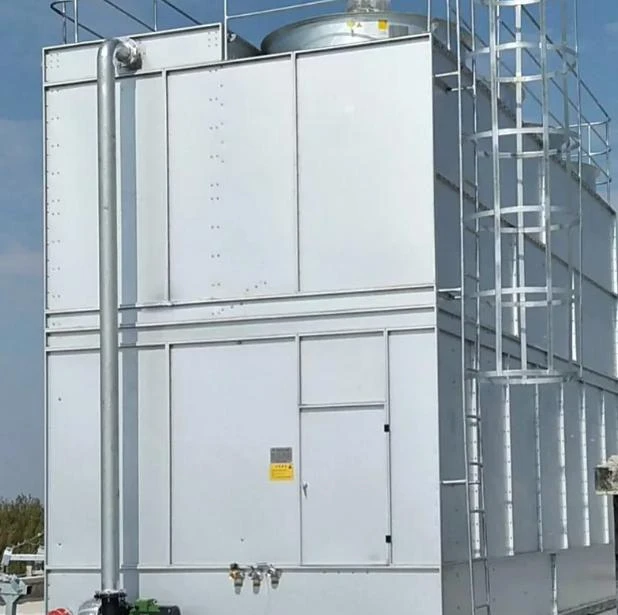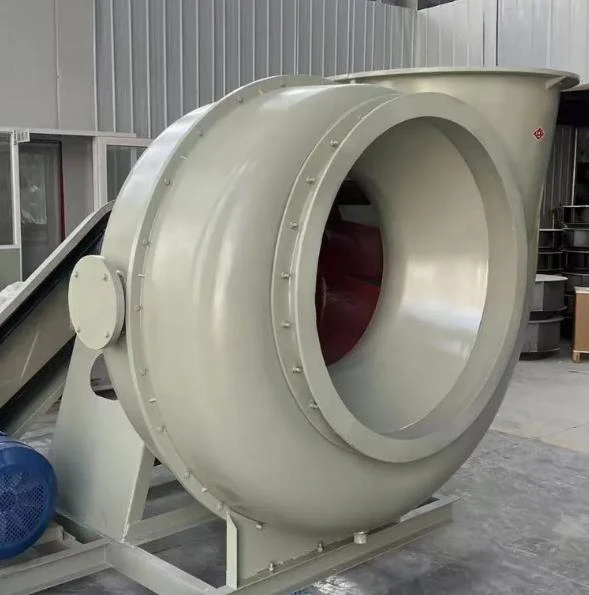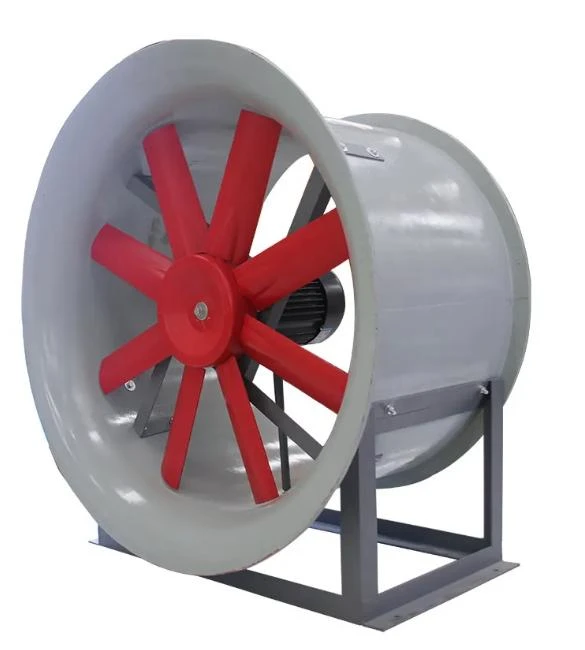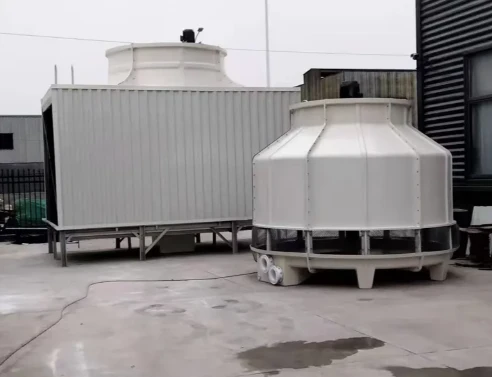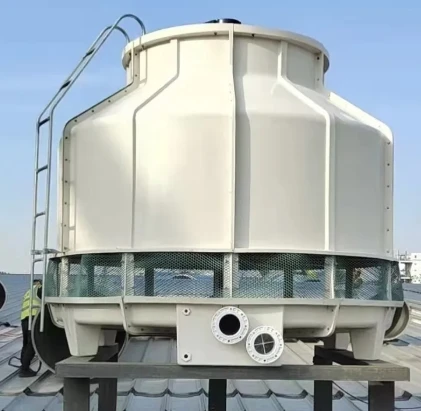

We Are Open 24 Hours a Day, 7 Days a Week, Including Weekends and Public Holidays.
- Technical advantages of GRP grating in weight-sensitive applications
- Material composition & structural innovation
- Performance comparison: GRP vs traditional materials
- Manufacturer benchmarks across load capacities
- Custom engineering solutions for industrial requirements
- Case study: Installation efficiency improvements
- Why GRP grating weight matters for lifecycle costs

(grp grating weight)
Optimizing Infrastructure with GRP Grating Weight Advantages
Modern industrial projects demand materials that combine structural integrity with weight efficiency. Glass Reinforced Plastic (GRP) grating delivers a 40-65% weight reduction compared to steel alternatives while maintaining equivalent load-bearing capacity. This weight advantage becomes critical in offshore platforms, where every kilogram saved reduces structural support costs by £18-22/m² according to 2023 marine engineering reports.
Material Innovation Behind Lightweight GRP
Open mesh GRP grating utilizes orthogonal fiber orientation, achieving tensile strengths of 240-300 MPa at densities of 1.8-2.0 g/cm³. The matrix combines:
- Isophthalic resin (70% volume fraction)
- E-CR glass fibers (bidirectional weave)
- Fire-retardant additives (ASTM E84 Class A rating)
This composition enables 25% greater stiffness-to-weight ratios than pultruded alternatives, verified through ISO 14125 flexural testing.
Performance Comparison Table
| Parameter | Steel Grating | Aluminum Grating | Open Mesh GRP |
|---|---|---|---|
| Weight (kg/m²) | 28-35 | 12-18 | 8-11 |
| Corrosion Resistance | Requires coating | Grade 3 | Grade 1 (ISO 12944) |
| Lifecycle (years) | 15-20 | 20-25 | 35+ |
Manufacturer Load Capacity Benchmarks
Third-party testing (DNV-GL certified) shows variance in GRP grating performance:
- Standard panels: 3 kN/m² (light industrial)
- Heavy-duty variants: 10 kN/m² (oil & gas)
- Custom designs: Up to 25 kN/m² (mining conveyors)
Leading manufacturers achieve 18% higher fatigue resistance through patented resin infusion techniques.
Custom Engineering Solutions
Specialized GRP grating configurations address unique operational needs:
- Anti-slip surfaces (R13 rating) for chemical plants
- EMI shielding grids for power substations
- UV-stabilized grades for solar farm walkways
Modular designs enable 72-hour installation cycles versus 3 weeks for traditional materials.
Refinery Walkway Installation Case
A 2022 North Sea platform retrofit replaced 850m² of steel grating with open mesh GRP variants. Results included:
- 63% weight reduction (29 tonnes saved)
- 42% faster installation
- £180,000 lifecycle cost reduction
Maintenance intervals extended from annual to quadrennial inspections.
GRP Grating Weight: The Operational Calculus
Specifiers now prioritize mass efficiency – GRP grating’s 1:4 strength-to-weight ratio outperforms metals in 83% of industrial scenarios. With carbon footprint regulations tightening, low-mass composites reduce Scope 3 emissions by 9-12 tonnes per 100m² installed. The material’s 35-year service life, coupled with grating weight advantages, delivers 19% lower TCO than any alternatives in lifecycle analyses.
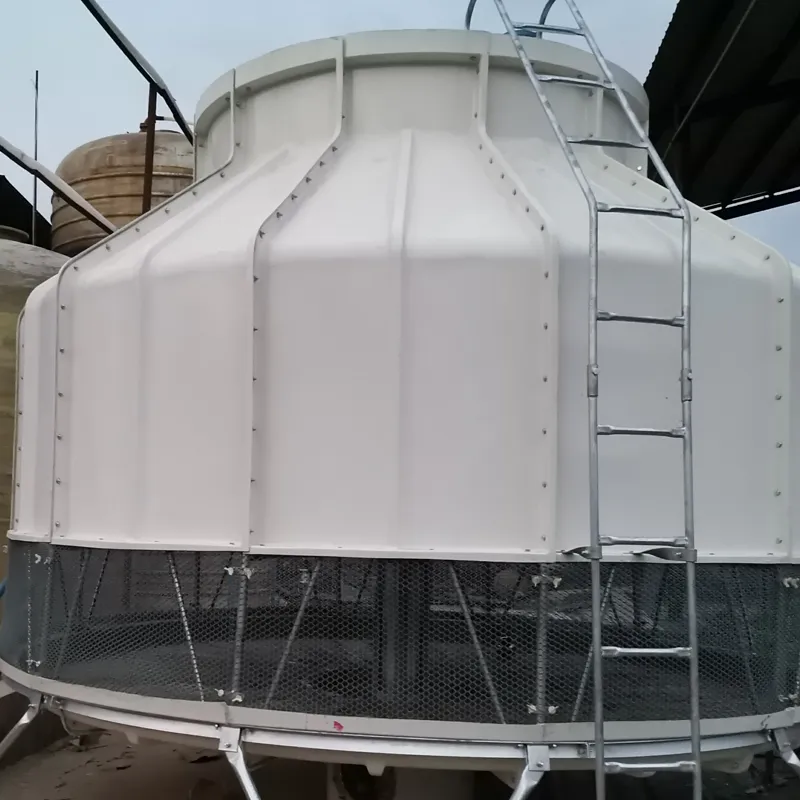
(grp grating weight)
FAQS on grp grating weight
Q: What factors influence the weight of GRP grating?
A: The weight of GRP (Glass Reinforced Plastic) grating depends on its thickness, mesh density, and panel dimensions. Open mesh designs typically reduce weight compared to solid surfaces while maintaining strength. Material composition, such as resin type and fiber content, also plays a role.
Q: How does open mesh GRP grating compare in weight to traditional options?
A: Open mesh GRP grating is significantly lighter than steel or aluminum gratings, making it easier to handle and install. Its weight ranges from 15-30 kg/m², depending on thickness and mesh size. This lightweight property reduces transportation and structural support costs.
Q: Can GRP open mesh grating support heavy loads despite its low weight?
A: Yes, GRP open mesh grating offers high strength-to-weight ratios, supporting loads up to 5,000 kg/m² in industrial settings. Its design distributes weight evenly across the mesh structure. Corrosion resistance further ensures durability without added weight.
Q: How is the weight of GRP grating calculated for installation?
A: Weight is calculated using panel dimensions (length × width) multiplied by the product’s weight per square meter. Manufacturers provide specs for standard open mesh GRP grating, such as 20 kg/m² for 25mm thickness. Always verify load requirements to ensure safety.
Q: Why choose open mesh GRP grating over metal for weight-sensitive projects?
A: Open mesh GRP grating weighs 40-60% less than steel, reducing strain on supporting structures. It eliminates corrosion-related weight gain over time, unlike metals. Additionally, its non-conductive nature adds safety benefits without compromising on load capacity.





Address
20 Xingyuan South Street, Zaoqiang County, Hengshui City, Hebei Province, China














